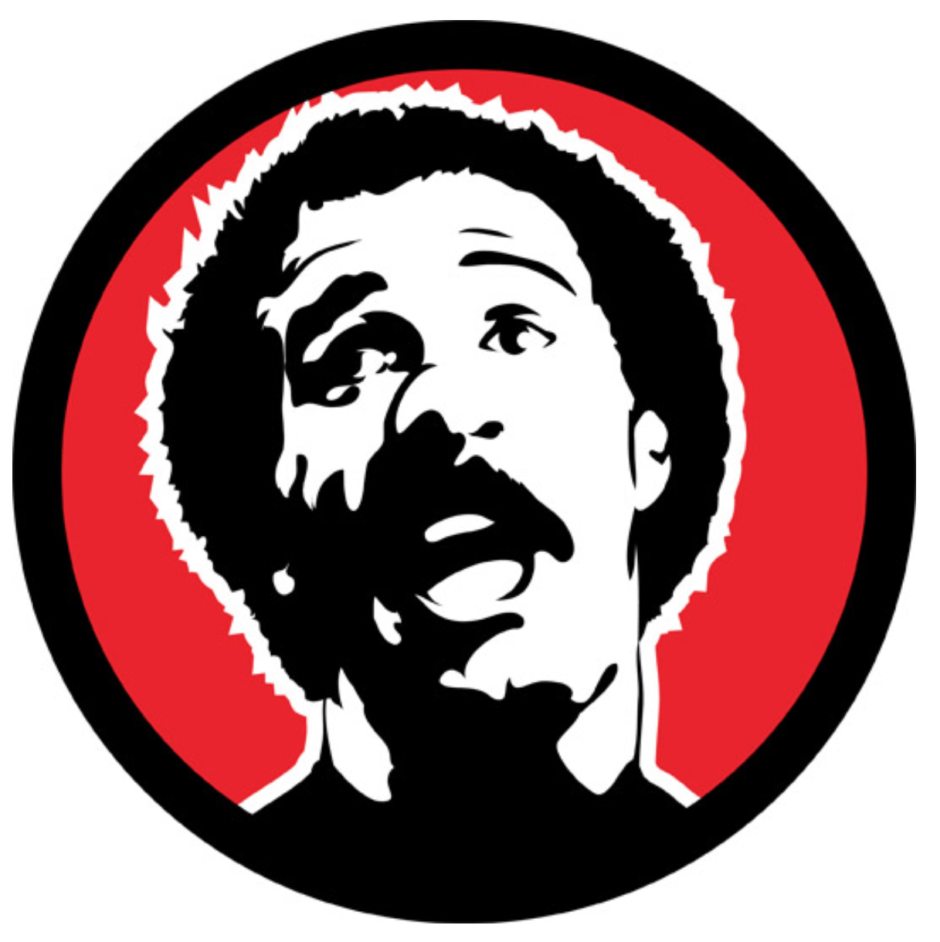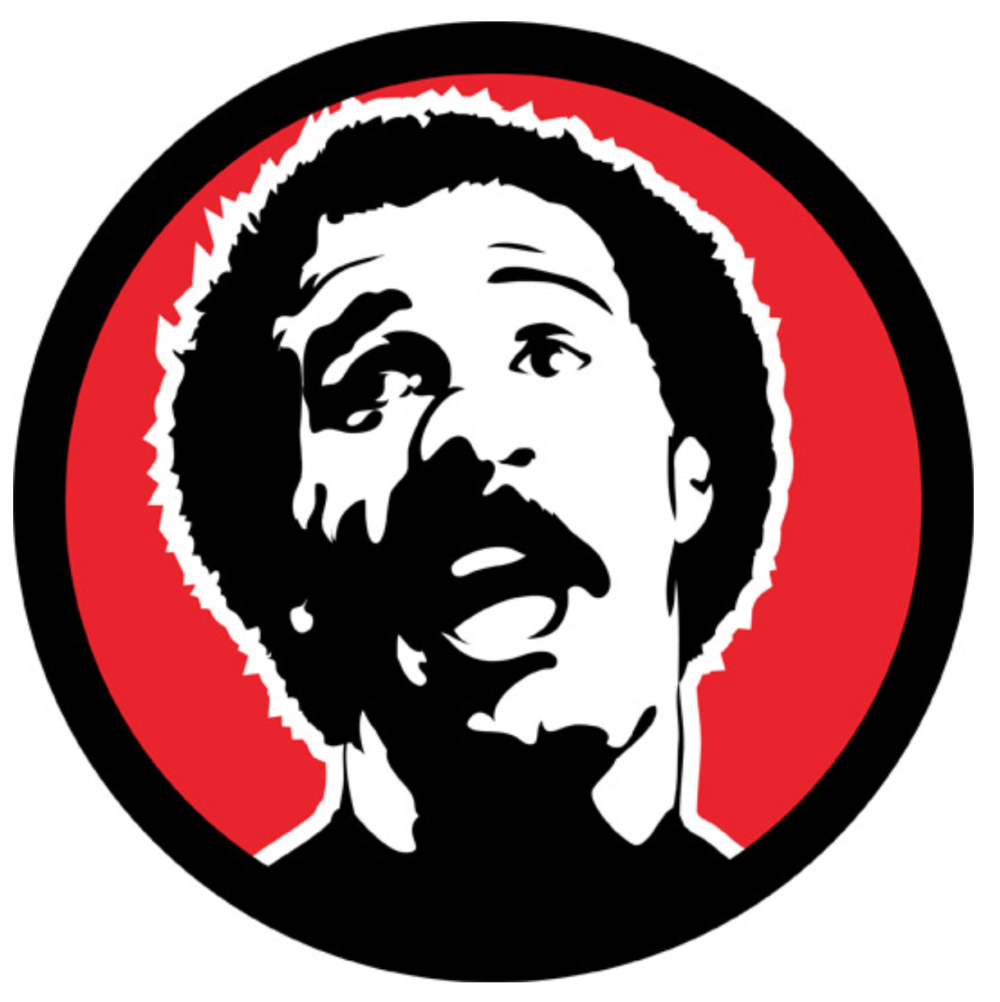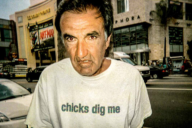You couldn’t write a more vivid or eventful life story if you tried – Sex? Pryor was the son of a prostitute, raised in a brothel and became a sex addict (with no less than 5 ex-wives). Drugs? By 1968 Pryor was getting through $100 of cocaine a day, and attempted suicide whilst freebasing said drug. And as for Rock ‘n’ Roll, well, how does a shared concert billing with Bob Dylan and Ritchie Valens fit the bill? And how about his spell in Prison (for non payment of taxes) and his shooting of a car (containing none other than his wife) with a 44 magnum? Well, you don’t get much more rock and roll than that.
But back to the beginning – in true rags to riches style, Pryor had the most humble (and perhaps, unpromising) of beginnings. Born in 1940 to a prostitute mother, he was raised in his grandmother’s Illinois brothel. Saying of his mother, she ‘wasn’t very strong but she tried. At least she didn’t flush me down the toilet, like some’, he was abandoned by her at the age of ten – after he’d witnessed her turning tricks with Peoria’s mayor. Nice touch.
Frequently the target of gang violence, and raped by a teenage neighbour at the age of 6, Pryor was expelled from school at age 14. After expulsion from school, Pryor attempted a variety of jobs, from shoe shining to meatpacking, along the way encountering the characters who formed the basis of his comedy routine. However, it was Pryor’s first comic hero, Bill Cosby, who inspired his earliest comedy, which he also mixed with singing.
Soon realising the audiences were more interested in his comedy he decided to ditch the music, and his reputation quickly grew. By 1963, Pryor, in an attempt to step his career up a notch, moved to New York. This proved to be an astute move, for he caught the attention of scouts for hit TV series On Broadway Tonight, which led to more offers. Soon he began to make frequent appearances on The Ed Sullivan and Merv Griffin Show, and it was this extra exposure that brought about the aforementioned concert billing with Bob Dylan and Ritchie Valens.
Moving to LA, Pryor had bit parts in movies such as 1968’s The Green Berets (starring John Wayne), and he also began to test out a new, brasher, hipper style of comedy, which was notably more personal than of the past. However, while his new material was popular with a growing cult following, the freeform nature began to alienate the management of the Las Vegas venues.
This was not his only problem – it was now, in 1968, that Pryor started going through one hundred dollars worth of cocaine every day, and after investigation by the US tax office, he was found guilty of non-payment of taxes, and sentenced to a year in jail plus a fine of $10,000 (this was later reduced to ten days and $2,500 on appeal). At the same time, Pryor’s short-lived second marriage (following a brief wedding to Patricia Price in Peoria) to sweetheart Shelley Bonus also ended. One night Richard simply walked offstage mid-way through his act, and decamped to California.
It was here that Pryor truly found his ‘voice’, thanks to immersing himself in the writings of Malcolm X and meeting with the Black Pack group of writers. He also looked back to his childhood experience for comic inspiration, with his characters including everyone from junkies to prostitutes. It was a radical departure, and time for Pryor to re-emerge into the spotlight.
This re-emergence in the early 1970s coincided with critical acclaim for his role in the biopic Lady Sings The Blues and also the winning of an Emmy award for his provocative script for Lily, a showcase for actor and comedian LiIly Tomlin. His stand-up wowed the crowds, with one of the performances being released as his first LP, That Nigger’s Crazy, in 1974 (Pryor was the first entertainer and possibly the first person ever to use the word ‘nigger’ as a collective noun for America’s impoverished blacks). This release went platinum within weeks and topped the album charts, winning Pryor his first of five Grammys. It was followed by two more albums: Is It Something I Said? in 1975 and Bicentennial Nigger in 1976, both of which went Platinum.
In 1977, Pryor married his third wife, Deboragh Maguire, and at the age of 38, he suffered his first heart attack. In 1979 he divorced from Maguire, but in an attempt to stop her from leaving, shot her car. The police were called: Pryor was arrested, and Maguire left.
In June 1980, Pryor attempted suicide by dousing his body with cognac and setting himself alight. He survived, but caused himself third degree burns over 50 percent of his body. In a final blow, six years later he was diagnosed with the degenerative nerve disease multiple sclerosis. He continued to work, performing live stand-up until 1992 and filming his last movie, David Lynch’s Lost Highway, in 1997. That same year he was nominated for an Image Award for his role as an aggrieved MS patient in the TV medical drama Chicago Hope.
Pryor was the first recipient of the Mark Twain Prize For Humour. On accepting the honour, Pryor joked ‘I feel great about accepting this prize. It is nice to be regarded on a par with a great white man. Now that’s funny’.
First appeared in Fused Magazine issue 20








